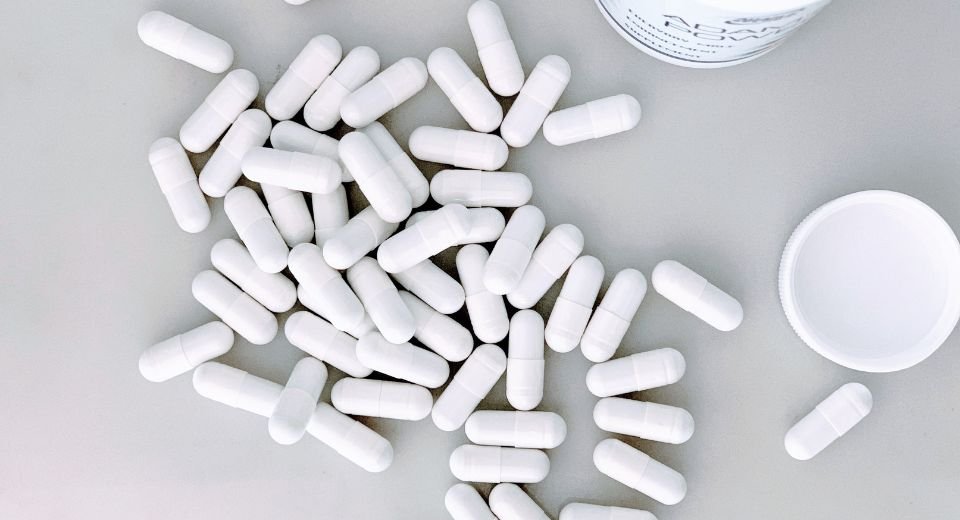HQ Team
July 12, 2023: Xylazine hydrochloride, a sedative used in animals to provide relief from pain, is increasingly being found in the US illicit drug supply chain, mixed with other drugs like fentanyl and heroin.
A small amount of the sedative used in animals such as horses, deer, and cattle, helps calm scared, aggressive, or injured animals and allows veterinarians to safely examine them in close quarters and treat their injuries.
The FDA approved it in 1972. As it became a public health concern, the White House Office of National Drug Control Policy (ONDCP) has released a National Response Plan to address this threat head-on.
“Many users of illicit drugs may not even realize xylazine is in their supply, combined with fentanyl or other opioids,” said Tracey Forfa, J.D., Director of FDA’s Center for Veterinary Medicine.
The effects of fentanyl mixed with xylazine have created a public health challenge for people who use drugs and the public health professionals that treat them.
Overdose risk
These include the potential increased risk of overdose as well as chronic wounds in users that can lead to infection and limb amputations, and a growing number of overdose deaths.
Effects associated with xylazine use include dry mouth, drowsiness, hypertension, and tachycardia followed by hypotension and bradycardia, hyperglycemia, reduced heart rate, hypothermia, coma, respiratory depression, and dysrhythmia.
Xylazine is most frequently reported in combinations with two or more substances present. In addition to its presence in drug combinations, xylazine (often known as tranq) is used on its own, though this is less frequently reported.
Xylazine can lead to depression of the central nervous system and its presence in illicit drug combinations and its detection in fatal overdoses may be more widespread.
The main reason for underreporting is that a number of jurisdictions across the country may not include xylazine in forensic laboratory or toxicology testing.
‘Critical and growing issue’
The Center for Veterinary Medicine (CVM) is working in partnership with other offices across the FDA and Department of Health and Human Services as part of a “whole-of-government response” to this critical and growing issue, Ms Forfa said.
In February, in coordination with FDA’s Office of Regulatory Affairs, the CVM took action to help ensure that any xylazine entering the U.S. through legitimate importation pathways is, in fact, headed to valid animal drug manufacturing or research facilities.
“So far, we’ve found four shipments of unapproved xylazine via our import pathways and placed alerts to watch for incoming shipments from three firms,” Ms Forfa said, without naming the firms.
The majority of xylazine hydrochloride shipments through US import processes were headed for the veterinary marketplace or to authorized research facilities, she said.
Bought online
“But what we’ve stopped at the border doesn’t begin to account for the quantity contributing to this growing public health threat.”
A report by the Drug Enforcement Administration, October 2022, The Growing Threat of Xylazine and its Mixture with Other Drugs, stated that buyers could obtain illicit xylazine cheaply online from any number of websites.
According to the DEA, a kilogram of “xylazine powder can be purchased online from Chinese suppliers with common prices ranging from $6-$20 US per kilogram.”
At this low price, its use as an adulterant may increase the profit for illicit drug traffickers, as its psychoactive effects allow them to reduce the amount of fentanyl or heroin used in a mixture.
False declaration
Illicit xylazine may not be entering the US through normal trade channels or may be declared as something other than xylazine, to avoid being identified by FDA and Customs and Border Protection’s field staff.
According to a DEA Joint Intelligence Report, the Northeast has the highest total across the two-year period between 2020 and 2021.
The South has the largest increase, reporting a 193% increase in xylazine instances, followed by the West with an almost 112% increase.
DEA laboratory findings also indicate that xylazine was most commonly found in polydrug mixtures, often in mixtures containing fentanyl.
